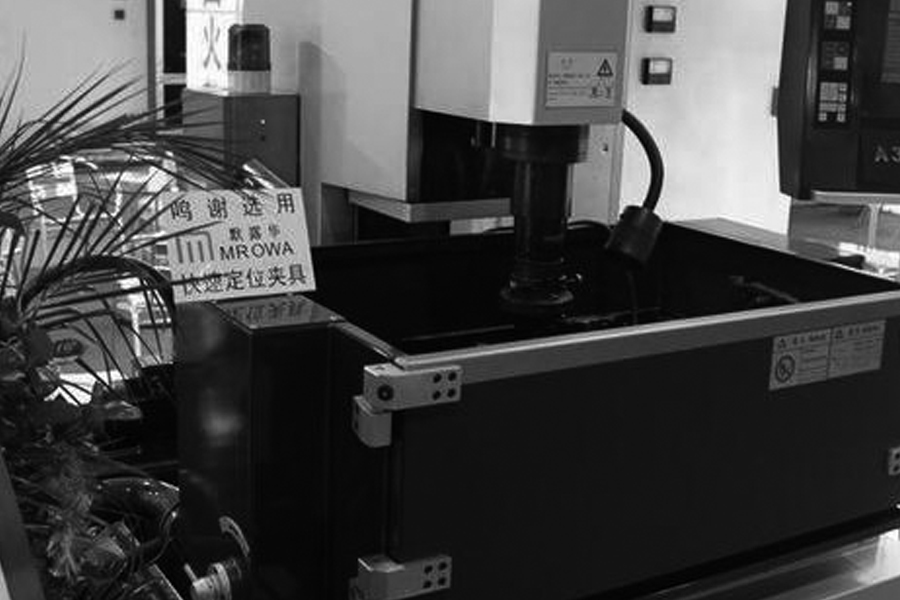Impeller refers not only to the rotor disc with moving blades, which is a component of the impulse steam turbine rotor, but also to the collective name of the rotor disc and the rotating blades mounted on it. Impellers can be classified according to their shape and opening and closing conditions.
Definition of impeller:
GB / T7021-1986 “Terminology of Centrifugal Pumps”
Impeller (of a centrifugal pump)-A bladed rotating body that transfers energy to a liquid.
HG / T3186-1987 “Glossary Terms of Chemical Centrifugal Compressors”
(Centrifugal compressor) Impeller-is a component that concentrates work, it is composed of blades, wheel discs, wheel covers and other parts; gas gets energy in its flow channel.
GB / T3858-1993 “Terms of Hydrodynamic Transmission”
(Hydraulic Coupling)Machining Impeller-A working wheel with one or more rows of blades. Centrifugal impeller, centripetal impeller, axial flow impeller.
(Axial flow compressor) Impeller-a combination of a moving blade cascade and a disk, is the main part of the rotor. It is the only component in axial compressors that transfers energy to the gas.
HG / T3160-1987 “Glossary terms for mixing equipment”
Mixing equipment (impeller)-current use, agitator. Impellers and stirring wheels are no longer used.
The centrifugal pump impeller mainly has the following 4 forms,
(A) Closed;
(B) front half open;
(C) the second half open;
(D) Open
1—impeller
2—back cover;
3—Wheel;
4—Front cover;
5—impeller seal ring;
6—Reinforcing ribs
Closed impeller
It consists of blades and front and rear covers. Closed impeller machining have higher efficiency and are more difficult to manufacture. They are most commonly used in centrifugal pumps. Suitable for conveying clean water with small viscosity, such as clean water and solution, without particles.
Semi-open impeller
Generally, there are two types of structure: one is the front half-open type, which is composed of the rear cover and the blade. This structure has low efficiency of the impeller. To improve the efficiency, a seal ring with adjustable clearance is required; the other is the rear half-open type. It consists of a front cover and a blade. Since the same sealing ring as the closed impeller can be applied, the efficiency is basically the same as that of the closed impeller. In addition to conveying liquid, the blade also has a sealing effect (back blade or auxiliary impeller). The semi-open impeller is suitable for conveying liquid containing solid particles, fibers and other suspended matter. The semi-open impeller is less difficult to manufacture, lower in cost, and highly adaptable. It is increasingly used in centrifugal pumps for refining and chemical industries, and is used to transport clear water and liquids that are approximately clear water.
Open impeller
Impellers with only blades and blade stiffeners, without front and rear cover plates (the number of open impeller blades is less than 2-5). The impeller has low efficiency and few applications. It is mainly used for conveying liquids with higher viscosity and slurry liquid.
Centrifugal pump impeller blades are generally backward curved blades. There are two types of blades: cylindrical and twisted. The use of twisted blades can reduce the load on the blades, improve the suction performance of the centrifugal pump, and improve the resistance to cavitation, but it is more difficult to manufacture and the cost is higher.
Centrifugal pumps for refining and chemical industry require impellers to be cast or full-welded integral impellers. Welding impellers have been developed and are mostly used in chemical special centrifugal pumps made of metal materials with poor casting properties (such as iron and its alloys). The geometric accuracy and surface finish of the welded impeller are better than those of the cast impeller, which is conducive to improving the efficiency of the centrifugal pump.
